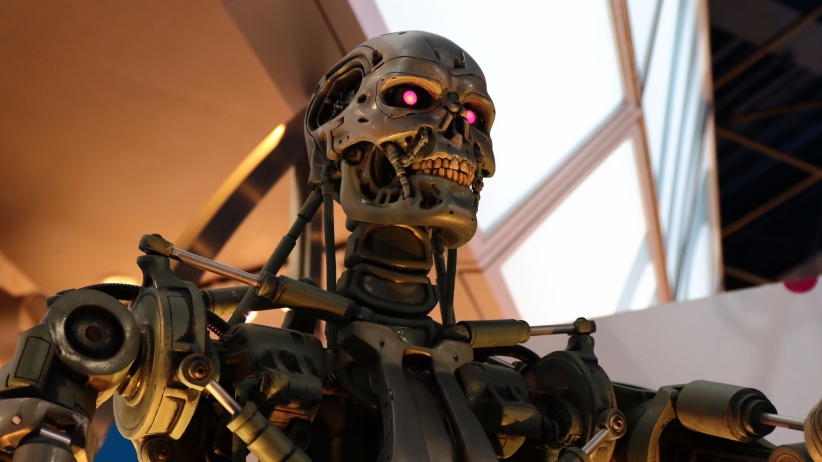
Want to know the future? Humans are history. When it comes to work, robots and artificial intelligence (“A.I.”) are the future.
At least that’s what many people are saying, now that half our current workforce is estimated to be ripe for automation. Taking a step back, however, robotization in the workplace is certainly not something new. And, despite popular belief, robotization hasn’t been strictly limited to factory production lines.
Another misconception? When you look back throughout history, you can see that robotization isn’t new; there have been continuous advancements in automation, impacting industries, workers and entrepreneurs of all kinds. Want to know more?
Workforce automation is not new.
In 1900, 41 percent of the U.S. workforce was employed in agriculture. With the shift in agriculture — from raw horsepower and manpower to the Fordson tractor; then, to self-powered combines; then, to chemical fertilizers and more — by 2000, just 1.9 percent of the U.S. labor force still worked on farms.
Another example was automation in telephone switchboards, which were introduced in the 1890s, causing call volume to skyrocket because of connectivity speed and improvements. About a third of the Bell system was automatic by 1930, displacing those once-iconic phone operators.
Glass-bottle blowing also developed an automatic model; it was introduced in 1905. Immediately, glass-blowing output went from six men blowing 2,880 bottles in a day, to two men blowing 17,280 in a day, disrupting glass-production employment.
The message here is that across all types of industries, innovation and automation have been constant threats to employment for over a century. And that trend continues: Many types of industries today are methodically becoming automated over time.
The next wave in automation
Continued cyclical and structural declines in employment have been a hallmark of routine manual jobs. That means…

